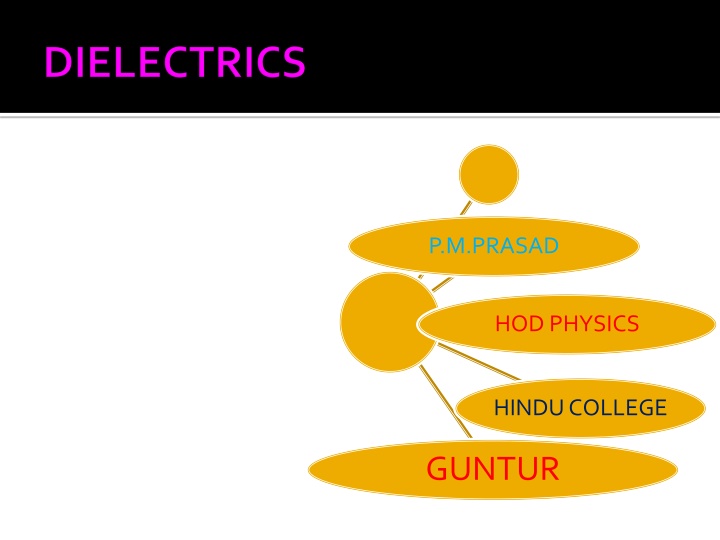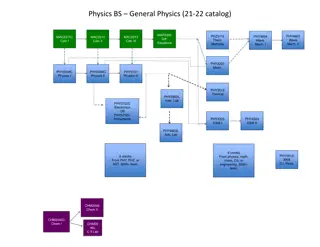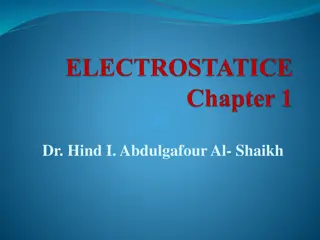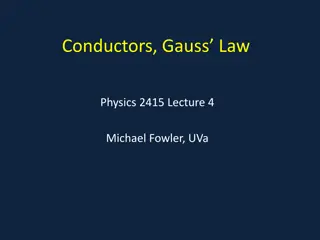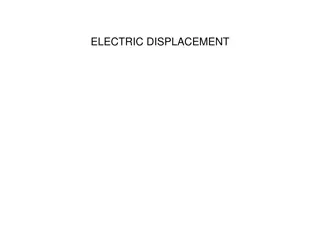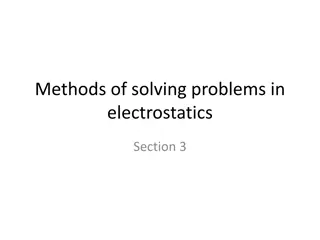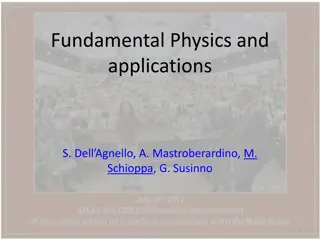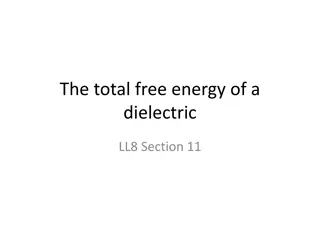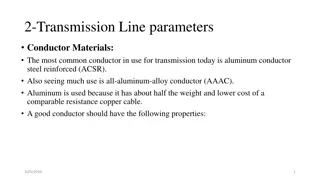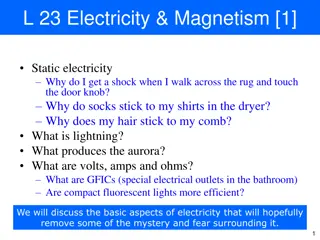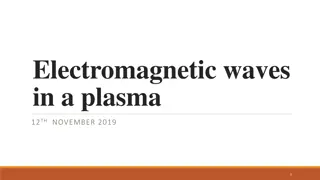Dielectrics and Conductors in Physics
Dielectrics are substances without free electrons, while conductors contain free electrons. This difference affects their electrical properties and behavior in external fields. Learn about the atomic view, polar, and non-polar dielectrics, as well as the importance of dielectrics in electrical phenomena. Explore topics such as dielectric strength, charge distribution in conductors and dielectrics, capacitance, and more in the study of dielectrics and conductors.
Download Presentation

Please find below an Image/Link to download the presentation.
The content on the website is provided AS IS for your information and personal use only. It may not be sold, licensed, or shared on other websites without obtaining consent from the author.If you encounter any issues during the download, it is possible that the publisher has removed the file from their server.
You are allowed to download the files provided on this website for personal or commercial use, subject to the condition that they are used lawfully. All files are the property of their respective owners.
The content on the website is provided AS IS for your information and personal use only. It may not be sold, licensed, or shared on other websites without obtaining consent from the author.
E N D
Presentation Transcript
P.M.PRASAD HOD PHYSICS HINDU COLLEGE GUNTUR
DEFINITION USES OF DIELECTRICS DIFFERENCES BETWEEN CONDUCTORS&DIELECTRICS TYPES AN ATOMIC VIEW POLAR DIELECTRICS NON POLAR DIELECTRICS
Dielectrics are the substances which do not contain free electrons OR the number of such electrons is too low to constitute electric current In dielectrics the electrons are tightly bound to the nucleus of the atom eg MICA, GLASS,PIASTIC FARADAY first realized the importance of dielectrics in electrical phenomena
CONDUCTORS DIELECTRICS CONTAINS FREE ELECTRONS DO NOT CONTAIN FREE ELECTRONS They do not conduct electricity but with the application external electric field the electrons may be able to move to and fro about their equilibrium position without leaving the vicinity of their atoms THEY CONDUCT ELECTRICITY
CONDUCTORS DIELECTRICS The charge given The charge given Resides on the outer Remains localized Surface
Maintaining two large metal plates at very small separation Increases the potential difference which a capacitor can withstand without breakdown Increases the capacitance of the capacitor
THE FIELD STRENGTH AT WHICH THE DIELECTRIC LOOSES ITS INSULATION CHARACTER IS KNOWN AS DIELECTRIC STRENGTH
Matter composed of molecules which contain atoms .The positive charge of the nucleus is supposed to be concentrated at a single point called center of gravity of the positive charge and the point at which negative charge of electron concentrated is known as center of gravity of negative charge
NON POLAR MOLECULES Two centers of gravity coincide They have symmetrical structure They have zero dipole moment eg H2, N2, O2, CO2SS
Two centers of gravity do not coincide They have unsymmetrical structure They have permanent dipole moment EgH2O, HCl, CO, N2O, NH3
